- Learning time
- 10 minutes
- First play time
- 60 minutes
Fireball Island: The Curse of Vul-Kar
Designed by: Bruce Lund,Chuck Kennedy,J.R. Honeycutt,Justin D. Jacobson,Rob Daviau
Based on a popular American game from the 1980’s, this new iteration of Fireball Island takes the premise of the original and updates it for a modern audience. You, the players, are all explorers come to the island to gather treasure, take photos, and get off it again. But – you guessed it – the island is cursed, and Vul-Kar, when raised from his slumber, spits fireballs at you – in the shape of red and orange marbles.
Each player chooses a figure and begins with two Movement Cards and one Souvenir Card. Your turn is very very simple: first, if your adventurer has been knocked over, stand them up. Then play a movement card and move the exact number on the card, without doubling back. Then you may play the action on the card, or you can choose to ignore it. Some of the actions allow you to hurl fireballs down the island, shooting out from the mouth of Vul-Kar, knocking down bridges and ladders and, if you’re in the wrong place – possibly you as well!
As you move around the island, you get to pick up treasures from certain spots, and take snapshots from others. There’s three types of treasure and collecting a large set of one type is better than a smattering of all of them. There’s also three different colours of snapshot (red, yellow, blue) and as soon as you have all three colours, you can scramble back to the helipad and trigger the end of the game. All players will score points for treasure, but only those who made it back to the helicopter will score points for each snapshot.
The other way the game can end is if Vul-Kar basically loses the plot and chucks out too many fireballs, which can happen if players choose to action Cataclysm actions: once three of these are played, they recycle all played movement cards back into the deck, and add another fireball to the Vul-Kar’s volcanic temper.
Finally Souvenir cards can be played on your turn for additional abilities or stuff – they’re all very straightforward to understand and can, at the right time, be a big help. At the end of the game, most points wins!
The guru's verdict
-
Take That!
Take That!
Players can steal treasure from each other just by passing by on the paths, but the game's main appeal - the hurtling marbles - is also the most combative aspect of it really.
-
Fidget Factor!
Fidget Factor!
Low.
-
Brain Burn!
Brain Burn!
Low. Move around, grab stuff. You do need to plan a route and there are caves to use as short-cuts - but they may not get you where you want to go. It's pretty random.
-
Again Again!
Again Again!
The card draw is random for both Movement and Souvenirs. The marbles can't be predicted either - there's three possible ways they exit the mouth of Vul-Kar, and then many possible routes they travel down the island.

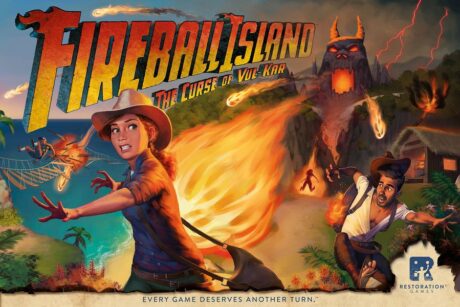

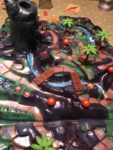
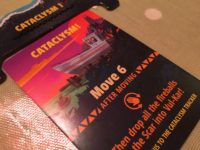

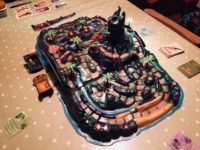




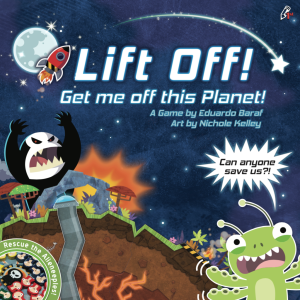
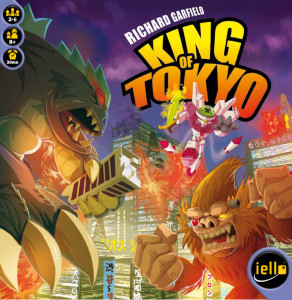
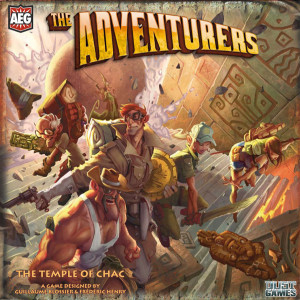
Sam says
The purist gamer in me can find a lot to critique here - the slightly gimmicky set-up, the plastic, the Take That aspects... the randomness of it all. I could be pretty meh about it, really. But the game isn't aimed at that guy - it's aimed at kids, or families, or big kids. As a dad I kind of fit all three categories, and for that guy Fireball Island does work: it looks crazy, plays fast and loose, and has lots of coloured marbles in it rolling down paths and knocking people over. I still don't think it compares brilliantly to other all-age games such as Flipships, which has a similar sense of drama but with the players controlling the moving parts, or a game that introduces more tactical thought like Carcassonne - Fireball Island is just too scattergun. Driven at least in part by nostalgia, this still feels like an 80's game - the play doesn't quite live up to the visual impression it makes, and considering the price it's not one I heartily recommend. But it's still decent fun for all that.